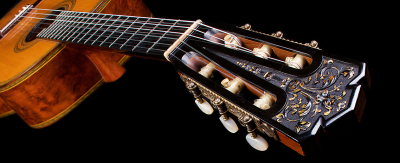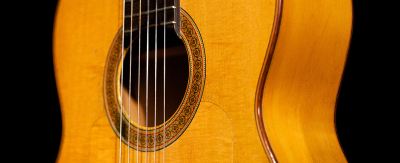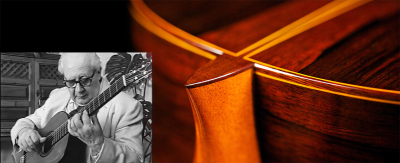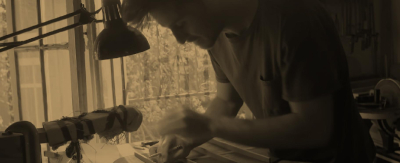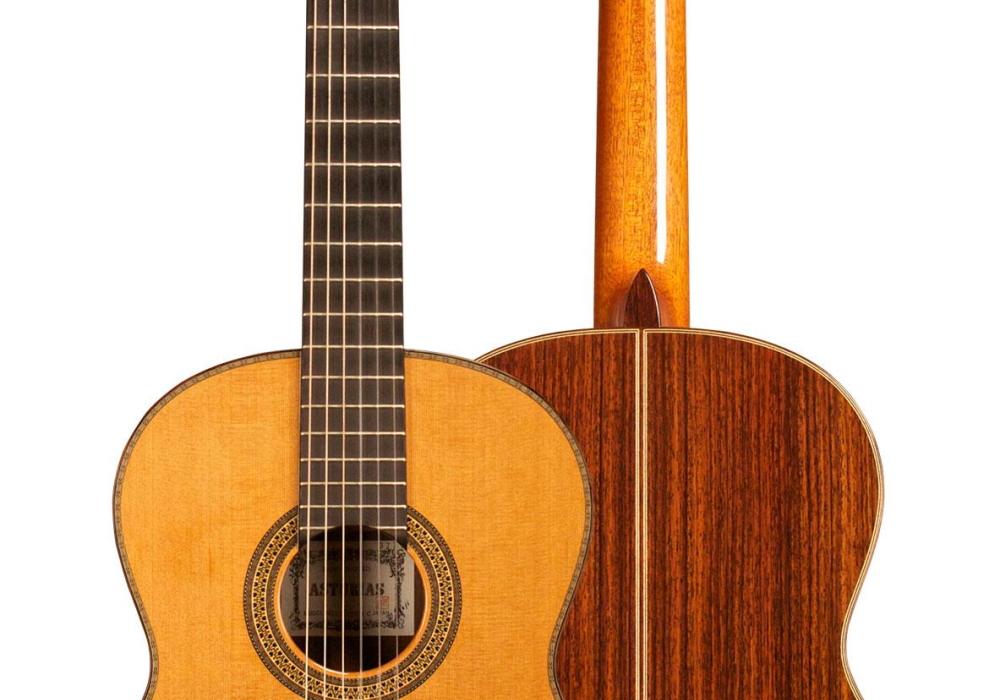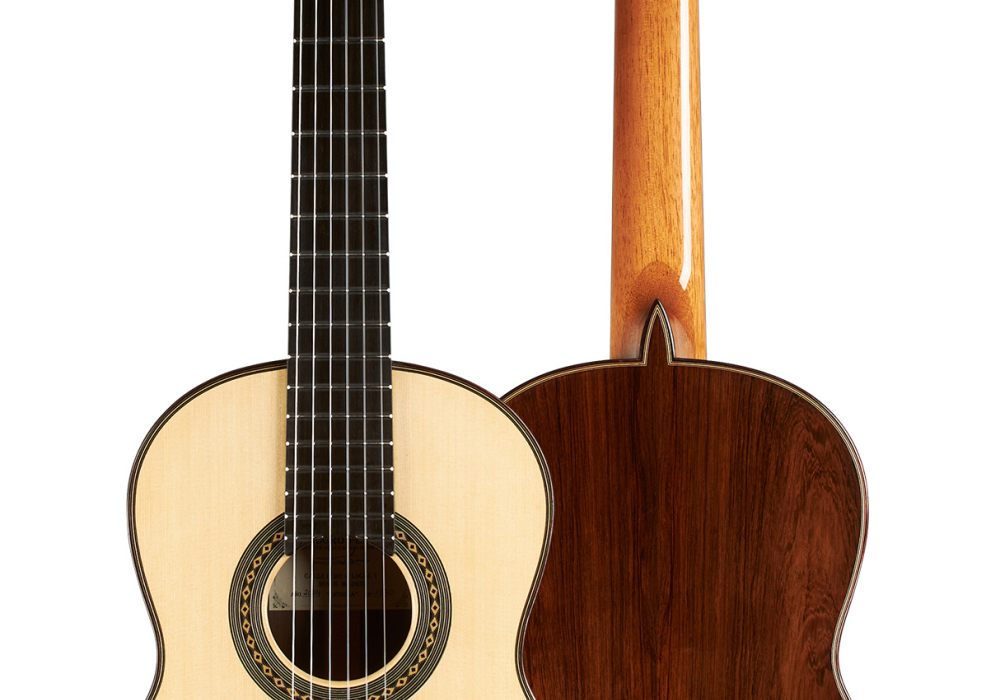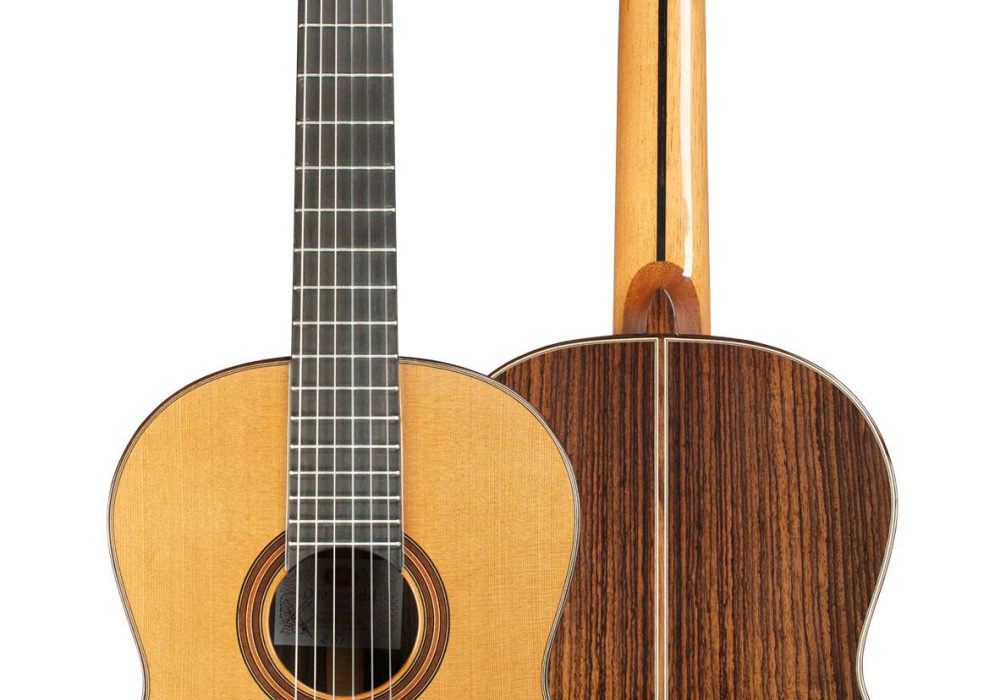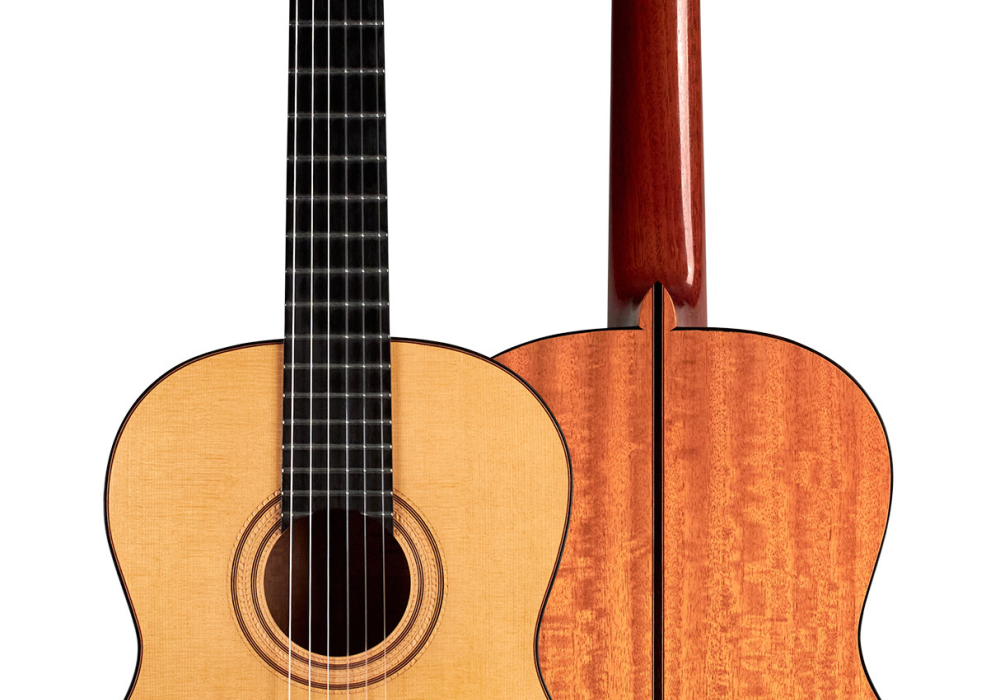1932 Domingo Esteso SP/CSAR
This guitar was made by Domingo Esteso, who along with fellow worker Santos Hernandez (from the Manu..
2024 Dietmar Heubner "Bois de Rose" SP/AR
Like so many of the world's top luthiers of the past, German luthier Dietmar Heubner started out his..
2023 Ivan Bruna "Limited Edition" SP/IN
This guitar was originally displayed at the 2023 Roma Guitar Expo, and shows Ivan Bruna's guitar wor..
2024 Wolfgang Jellinghaus "Signature SP/SP 640" SP/GR
This is Wolfgang Jellinghaus' "Signature" model which has a variety of modern features, even though ..
2024 Wolfgang Jellinghaus “La Leona FE 04” 645 SP/CY
Wolfgang Jellinghaus' exploration of the work of Antonio de Torres has led him to build a selection ..
2024 La Cañada "Model 17" SP/MP
The "Model 17" is based largely on an 1864 Torres, known as "FE 17" - the earliest of Tarrega’s 3 To..
Asturias "Custom C-640mm" CD/IN
For a sleek, Hauser-style guitar at an intermediate price point, these are the best Japanese classic..
Asturias "Custom S-640" SP/IN
For a sleek, Hauser-style guitar at an intermediate price point, these are the best Japanese classic..
Asturias "Custom C-630" CD/IN
For a sleek, Hauser-style guitar at an intermediate price point, these are the best Japanese classic..
Asturias "Custom S" SP/IN
For a sleek, Hauser-style guitar at an intermediate price point, these are the best Japanese classic..
Asturias "Custom C" CD/IN
For a sleek, Hauser-style guitar at an intermediate price point, these are the best Japanese classic..
Asturias "Custom S-630" SP/IN
For a sleek, Hauser-style guitar at an intermediate price point, these are the best Japanese classic..
1976 Hermann Hauser II SP/IN
This is a fantastic Hauser II, built in 1976. We believe his guitars of this period to be a synthesi..
2024 Teodoro Perez "1884 Torres - La Emperatriz" SP/MP
This special-edition model is truly a work of art - an elegant interpretation of the Antonio de Torr..
2024 Teodoro Perez "Especial" SP/BU
The "Especial" is the top model from the Perez shop, and offers the absolute best in terms of decora..
2024 Teodoro Perez "Antigua" SP/AR
The "Antigua" is the newest model from the Perez shop, and we're very excited to have one in our sto..
2024 Teodoro Perez "Estudio C-650" SP/IN
Designed and built to Perez' specifications, the "Estudio" model is a fantastic guitar for the entry..
2024 German Vazquez Rubio "Hauser" SP/IN
This classical guitar takes as its inspiration (largely for structural details) the iconic 1937 Haus..
2024 Henner Hagenlocher "640" SP/CSAR
As can be seen in the photos, the guitar is breathtaking. Henner used some of his top materials, inc..
2024 Otto Vowinkel "2a Baritone" SP/IN
This guitar has come about in the collaborative effort between Otto Vowinkel of Amsterdam, Holland a..
2024 Wolfgang Jellinghaus "Torres 77" SP/MP
Wolfgang Jellinghaus' exploration of the work of Antonio de Torres has led him to build a selection ..
2024 Otto Vowinkel "2a Double Top" CD/IN
This guitar is designed by Otto Vowinkel of Amsterdam, and made in Spain under his supervision...
2024 Andy Culpepper SP/CSAR
This guitar is rooted in traditional Spanish aesthetics, with a sound crafted to satisfy the modern ..
2019 Michel Belair "Hommage a Daniel Friederich" CD/IN
This special model is an hommage to the work and art of Daniel Friederich, a true master who forever..
2024 German Vazquez Rubio "Classic Estudio" CD/PE
This modestly priced model is a genuine GV Rubio guitar built in his Los Angeles based workshop. It'..
2024 Wolfgang Jellinghaus "Torres 77" SP/GR
Wolfgang Jellinghaus' exploration of the work of Antonio de Torres has led him to build a selection ..
2024 Wolfgang Jellinghaus "Torres 77" SP/CY
Wolfgang Jellinghaus' exploration of the work of Antonio de Torres has led him to build a selection ..
2024 Wolfgang Jellinghaus "Torres 77" SP/PF
Wolfgang Jellinghaus' exploration of the work of Antonio de Torres has led him to build a selection ..
2024 Otto Vowinkel "2a" CD/IN
This guitar has come about in the collaborative effort between Otto Vowinkel of Amsterdam, Holland a..
1986 Cynthia H. Burton "Melissa" SP/MH
Cynthia "(a.k.a. "Cyndy") Burton lives and works in Portland, Oregon with her partner Jeffrey Elliot..





